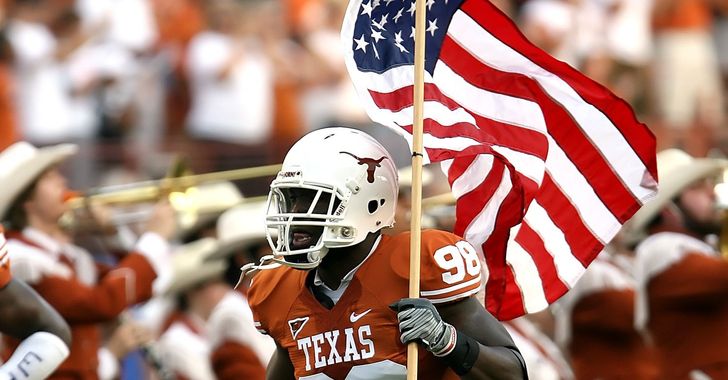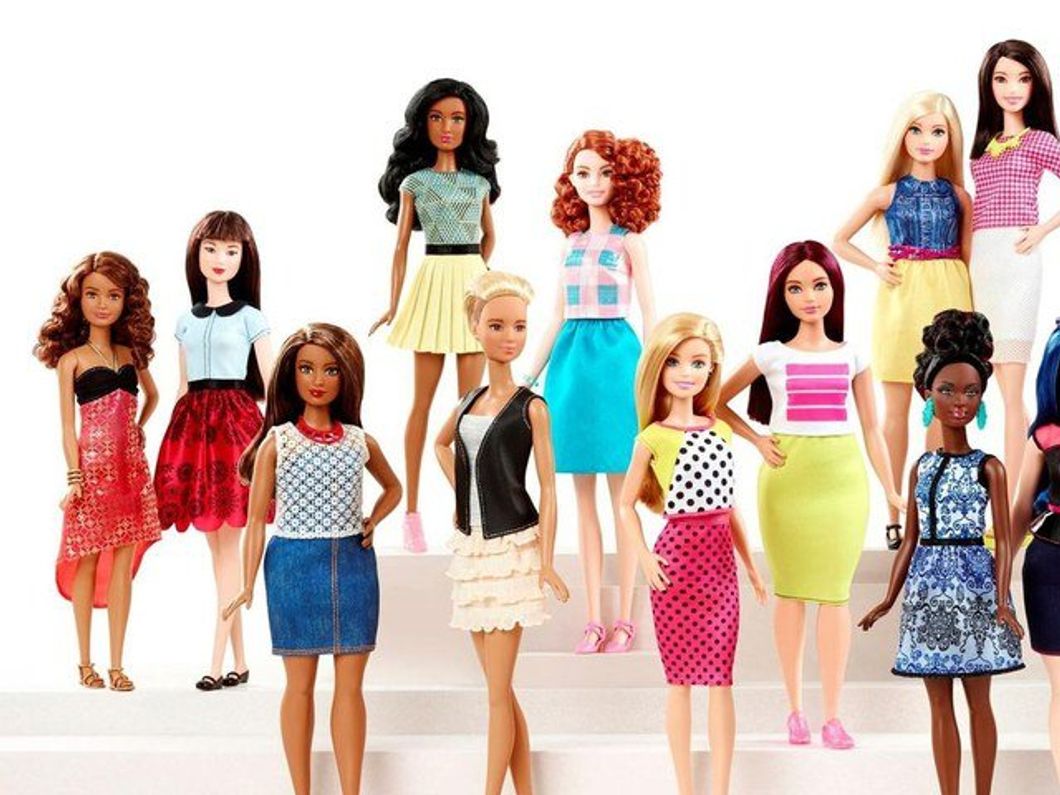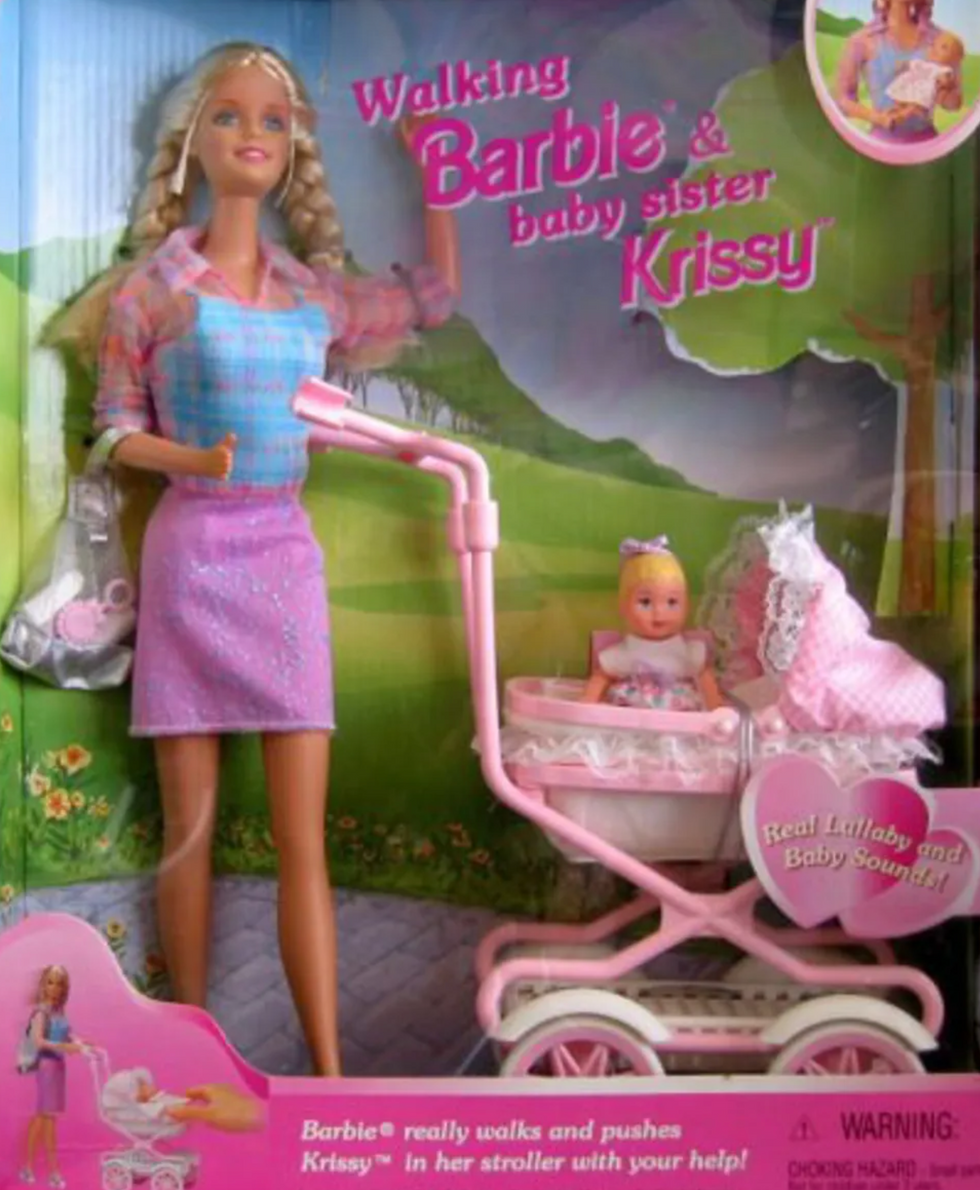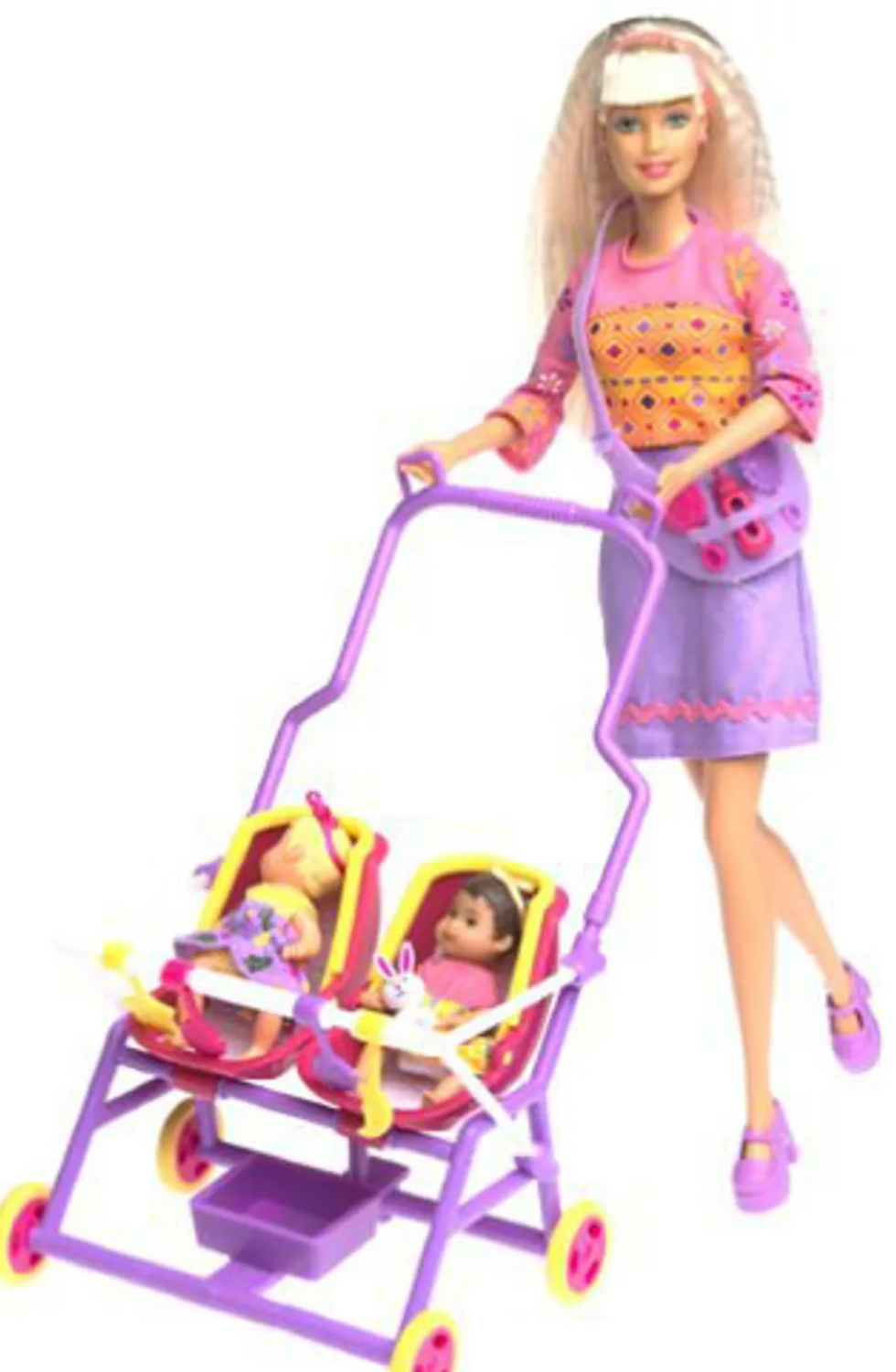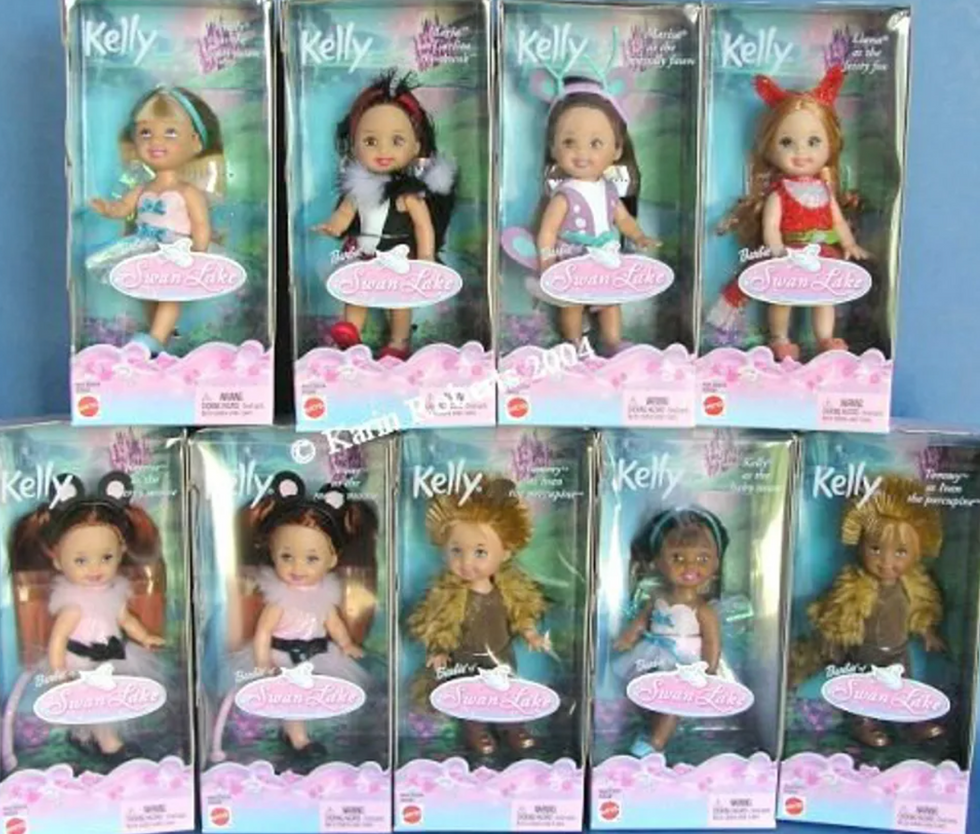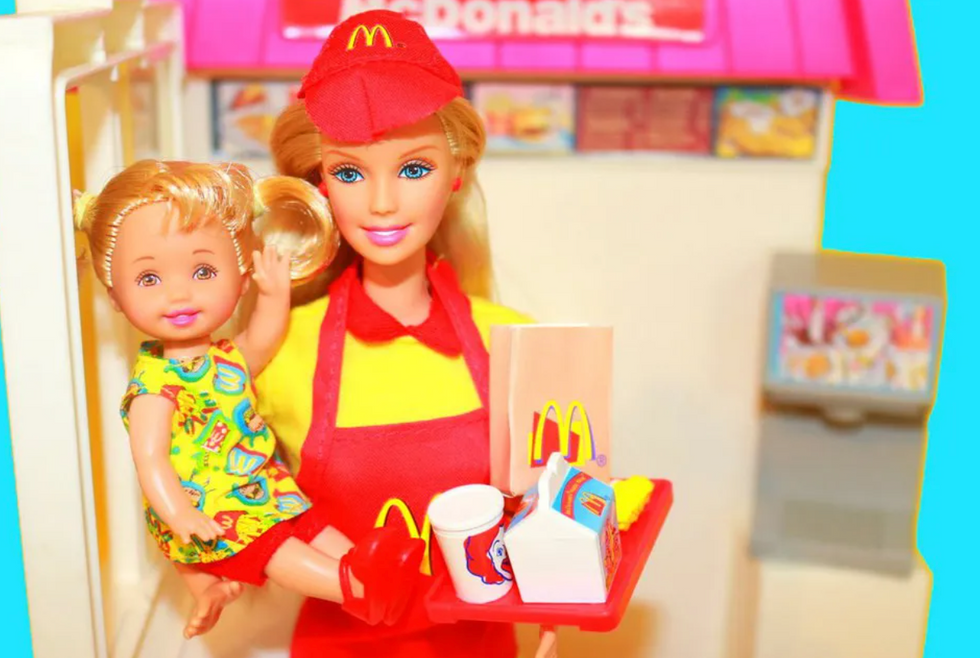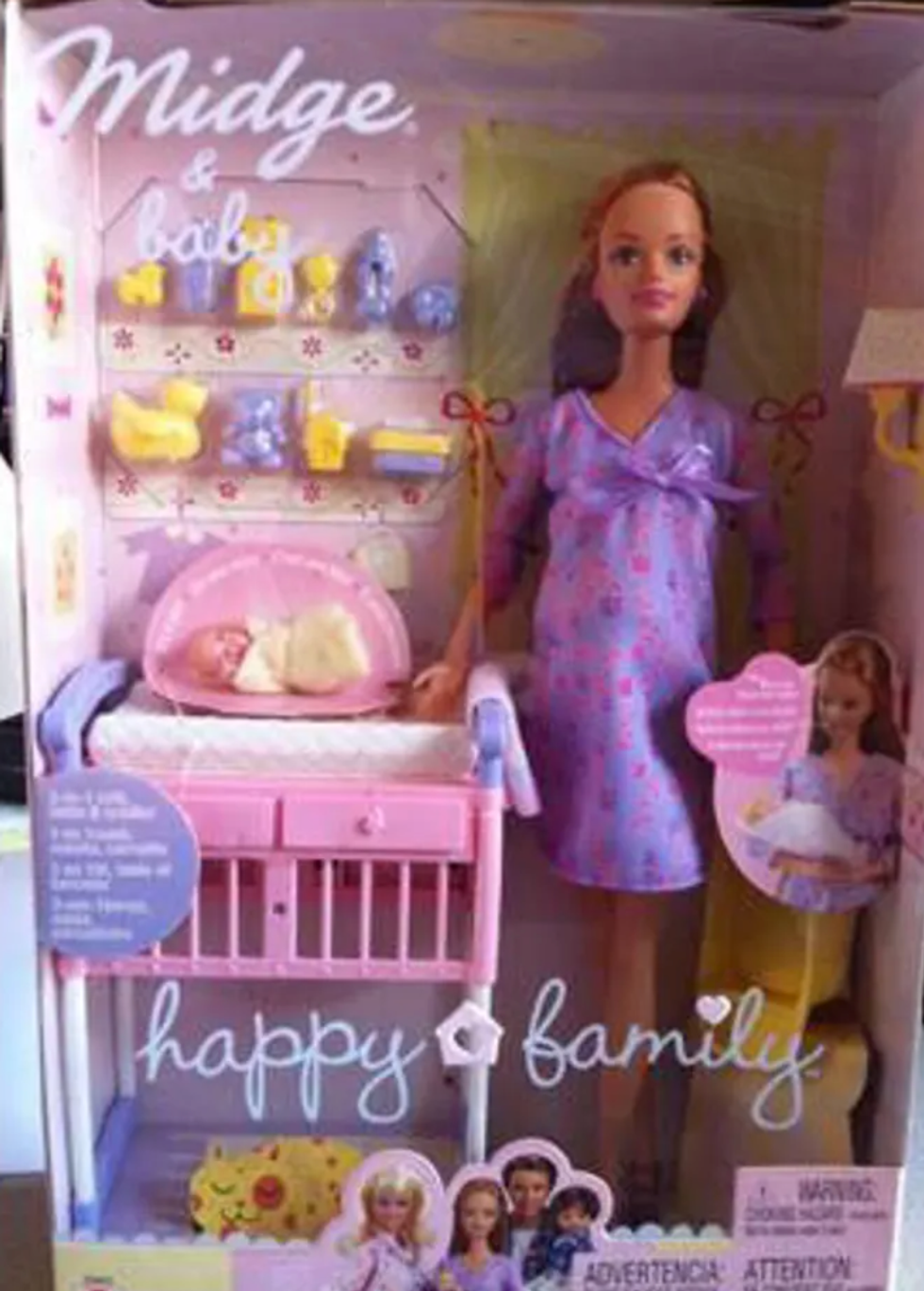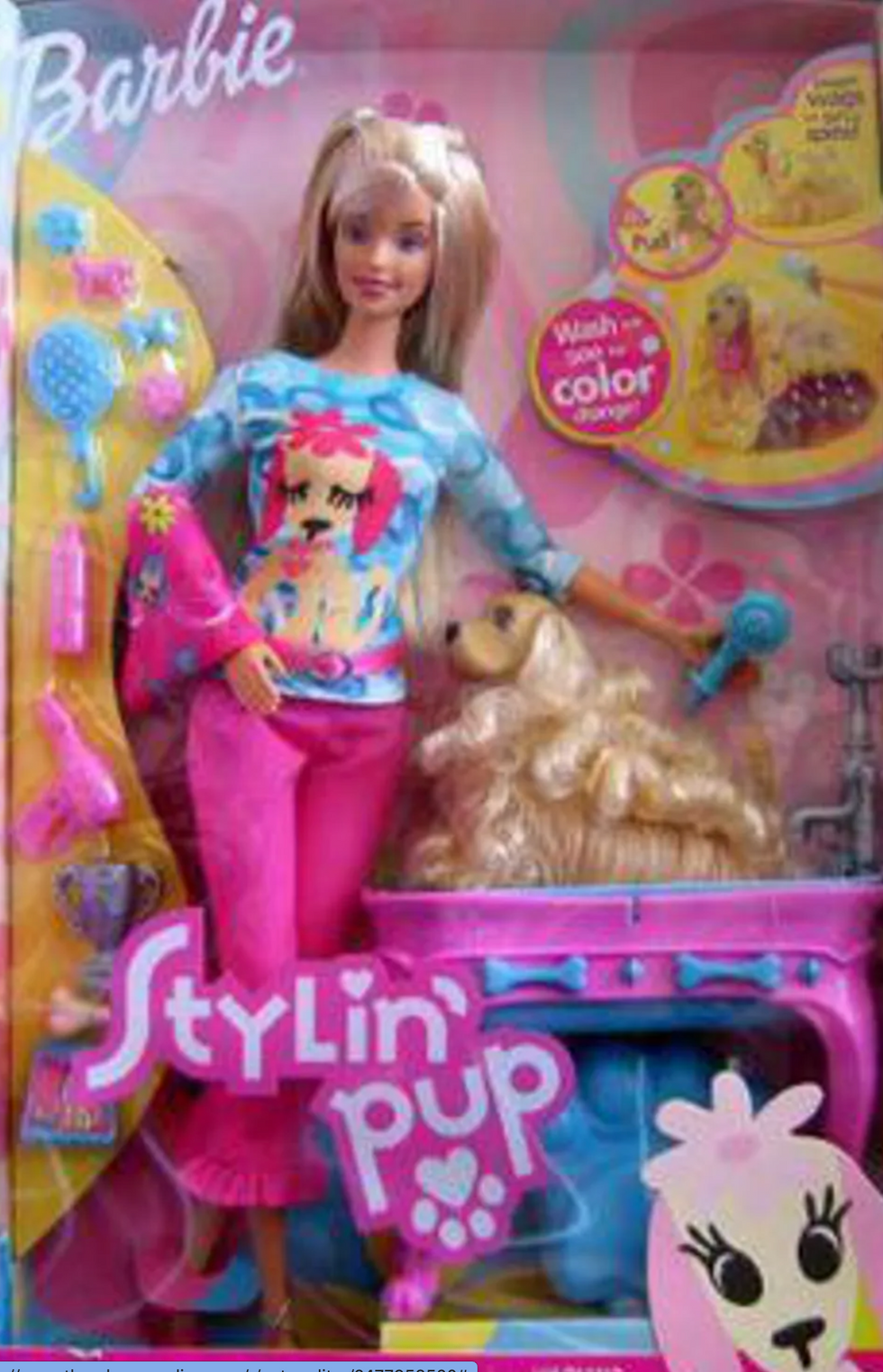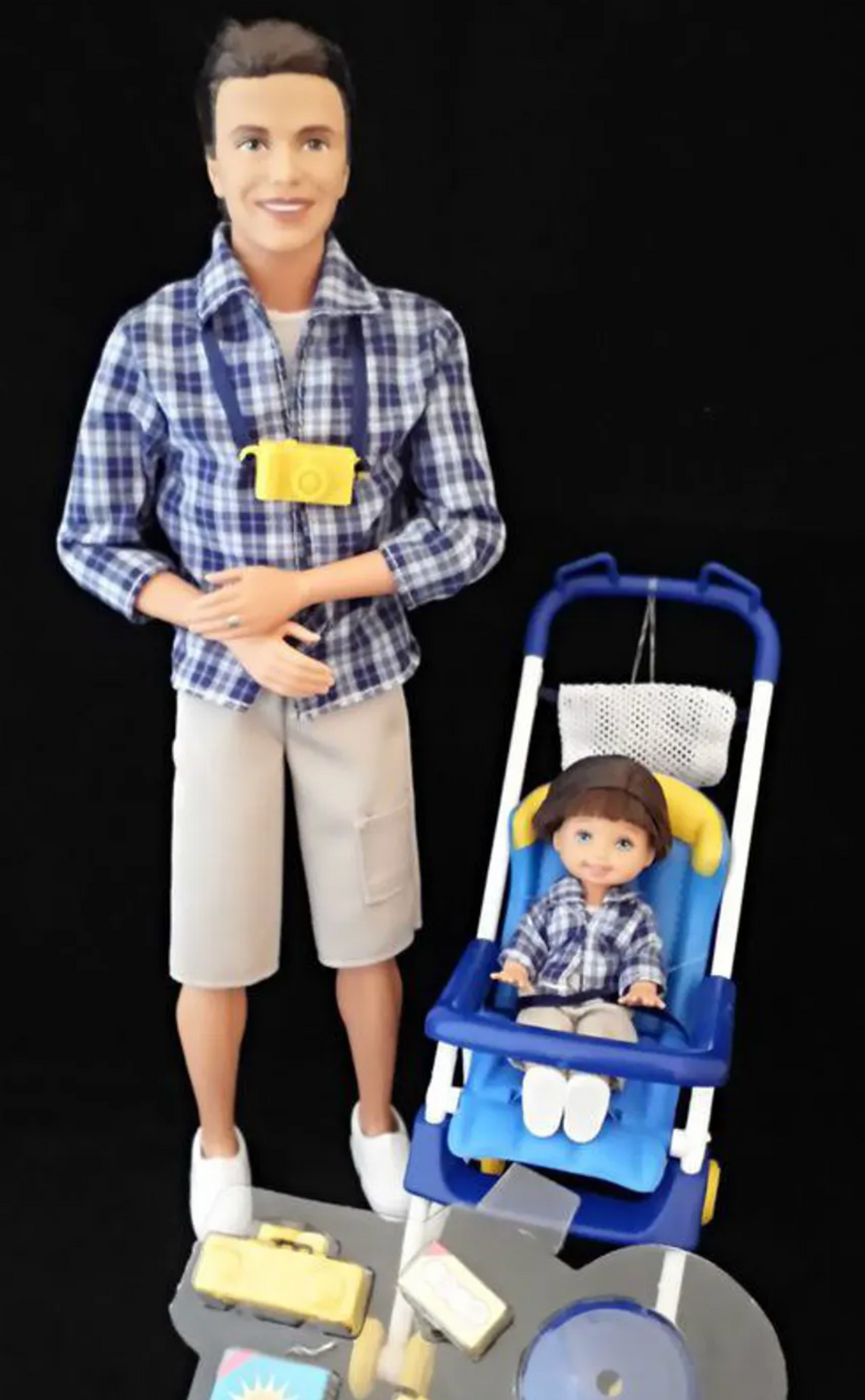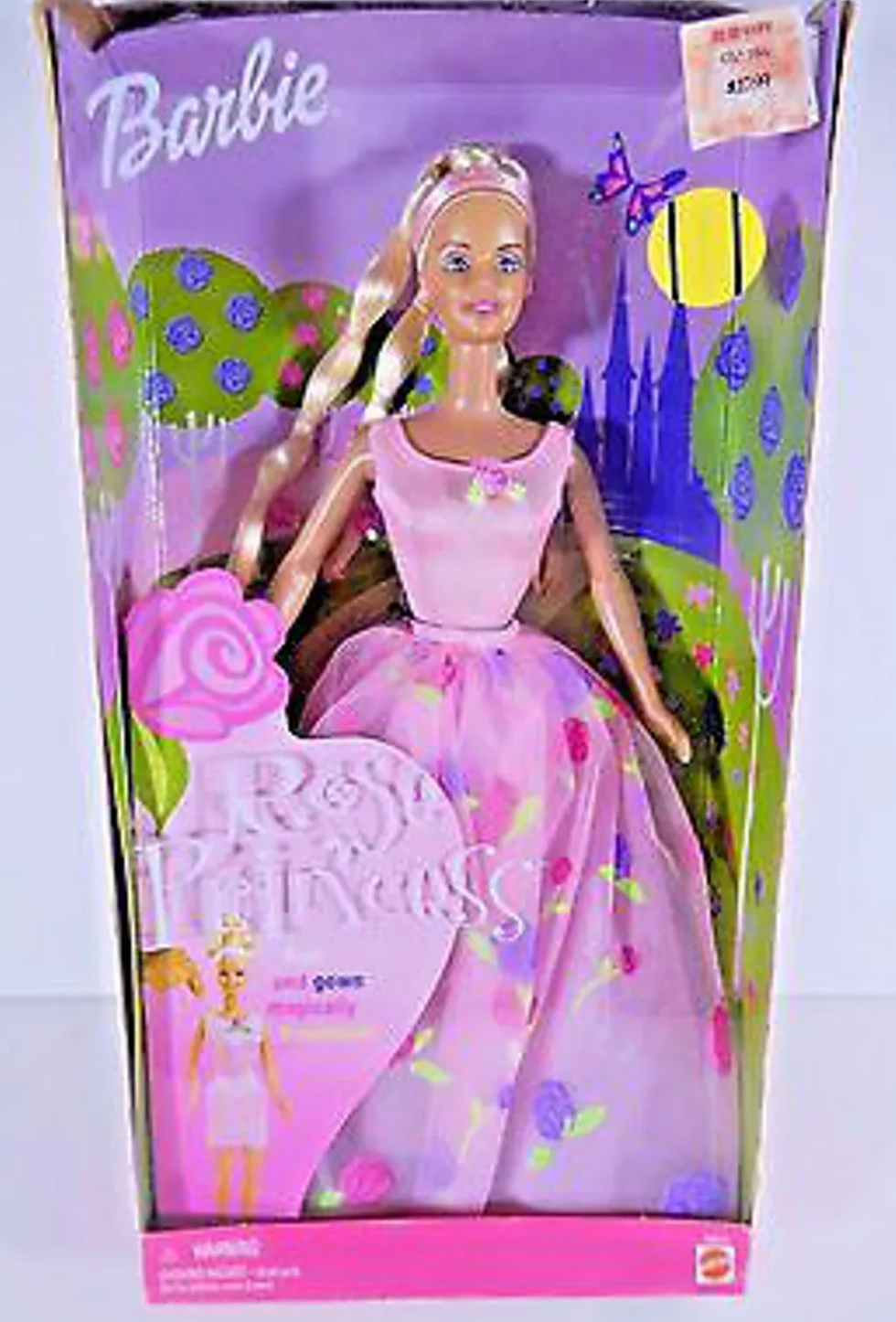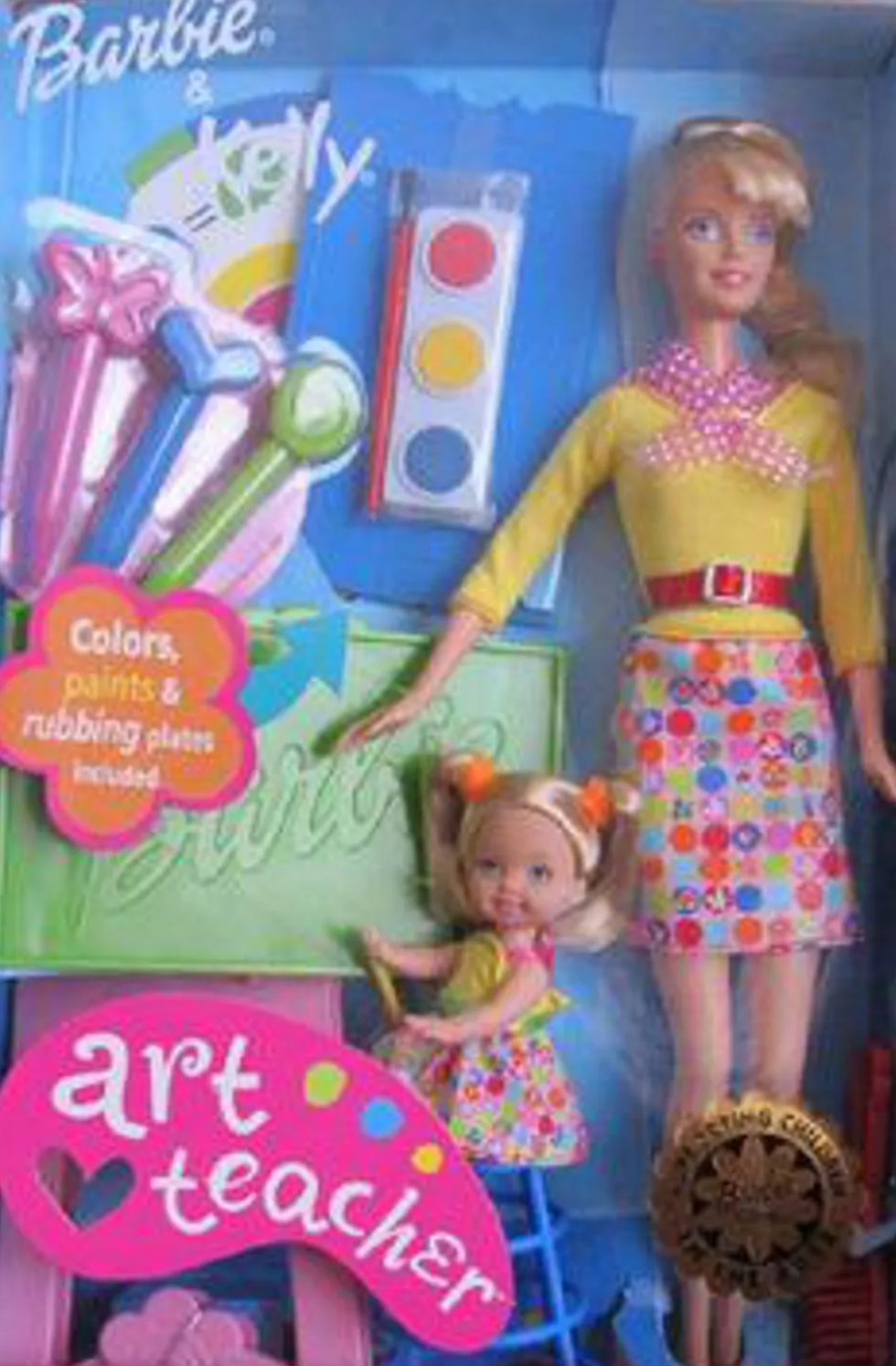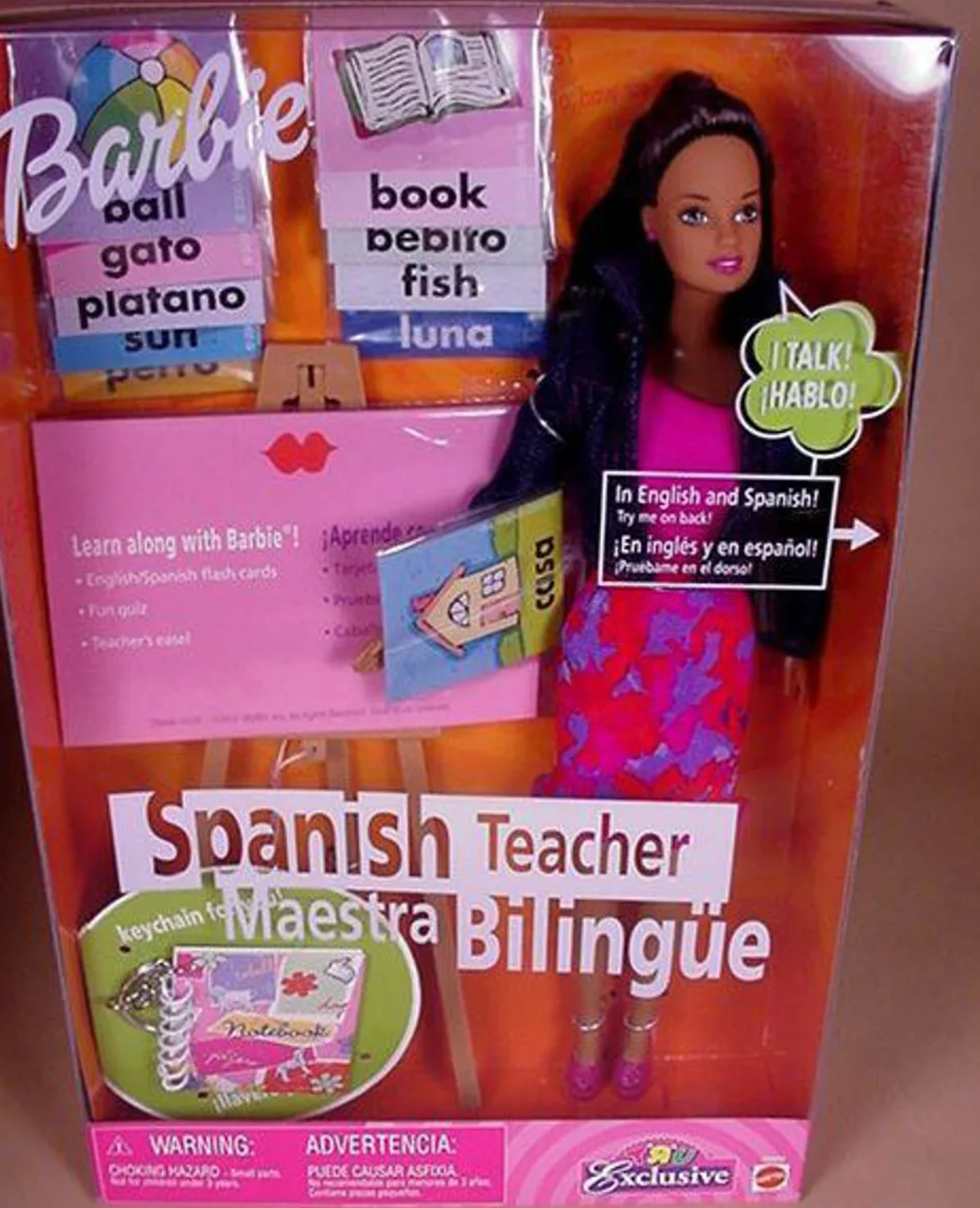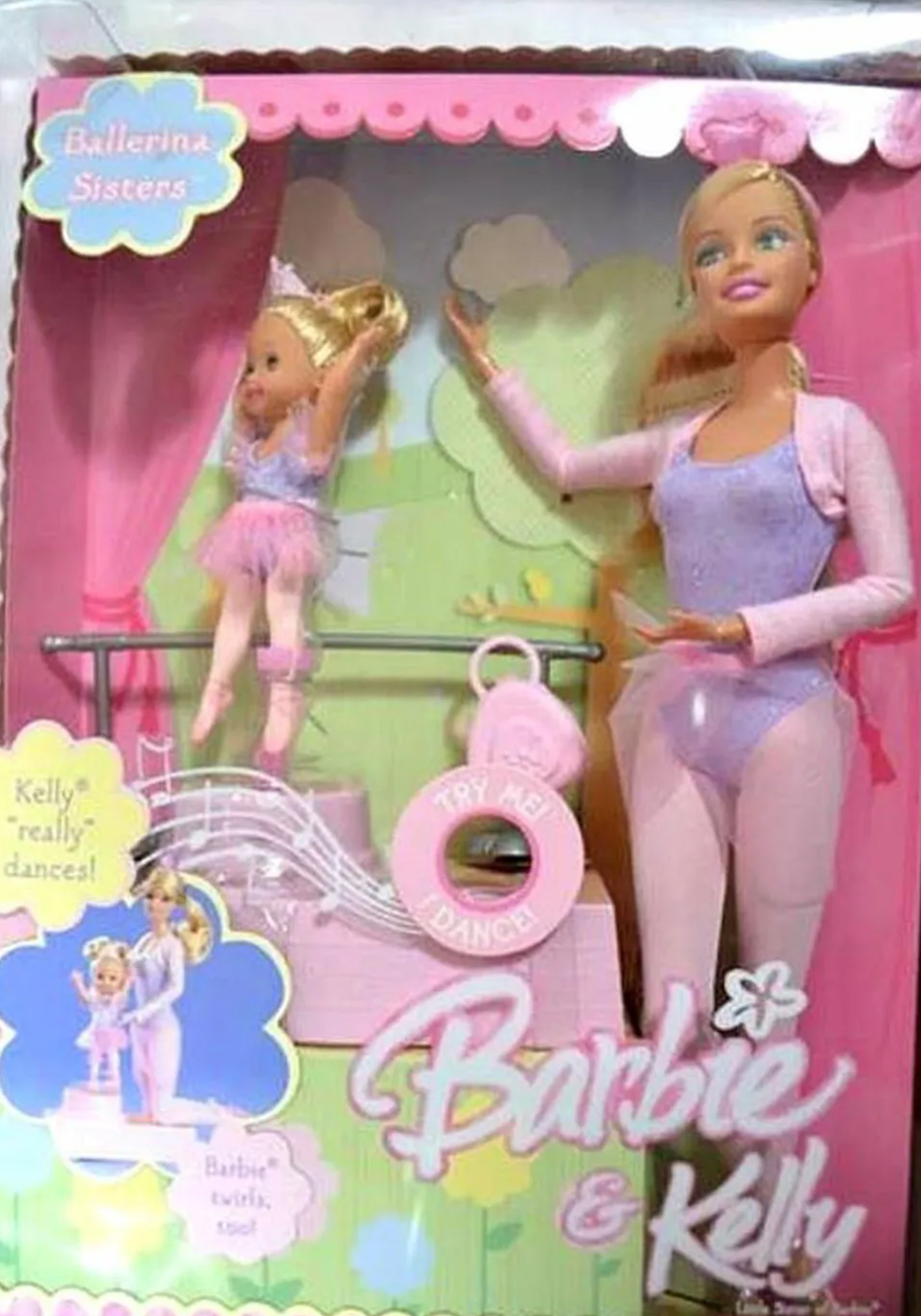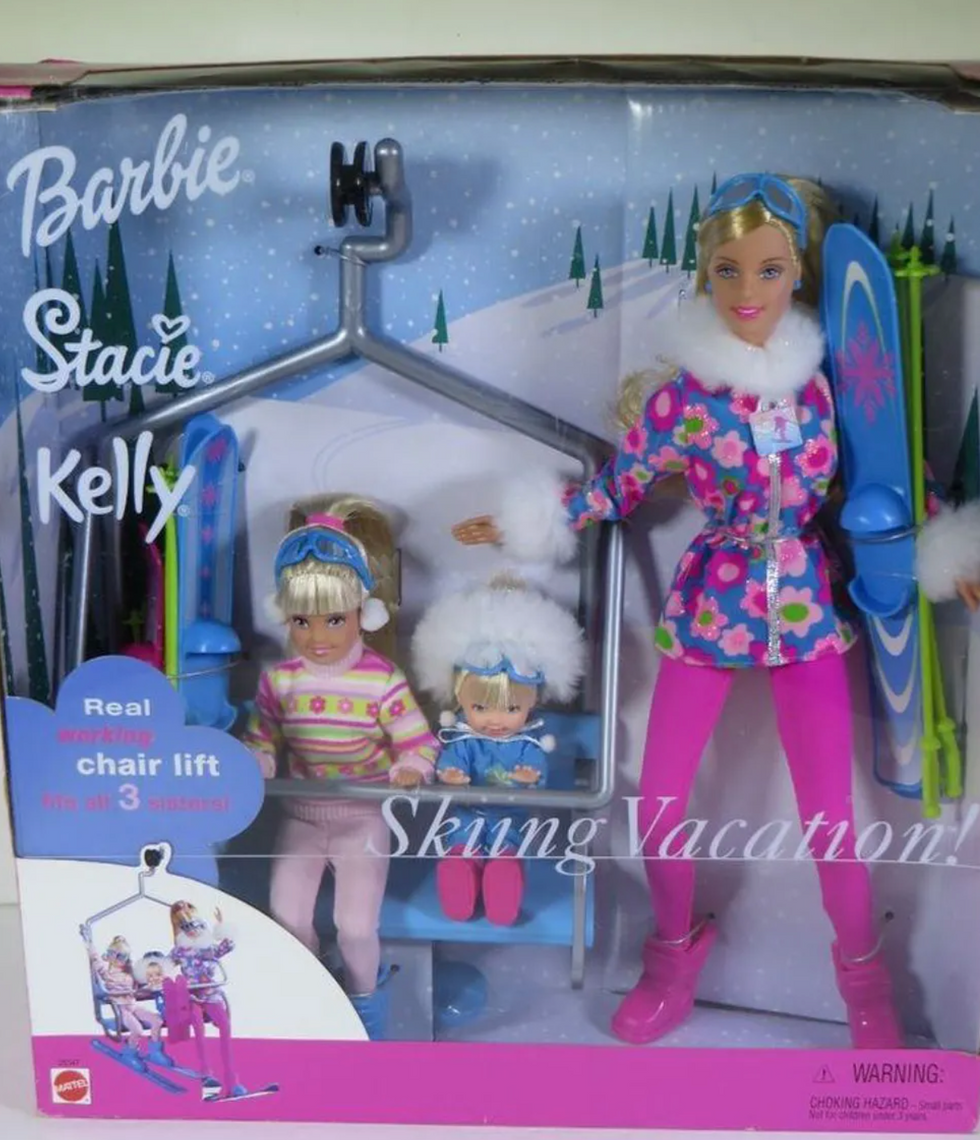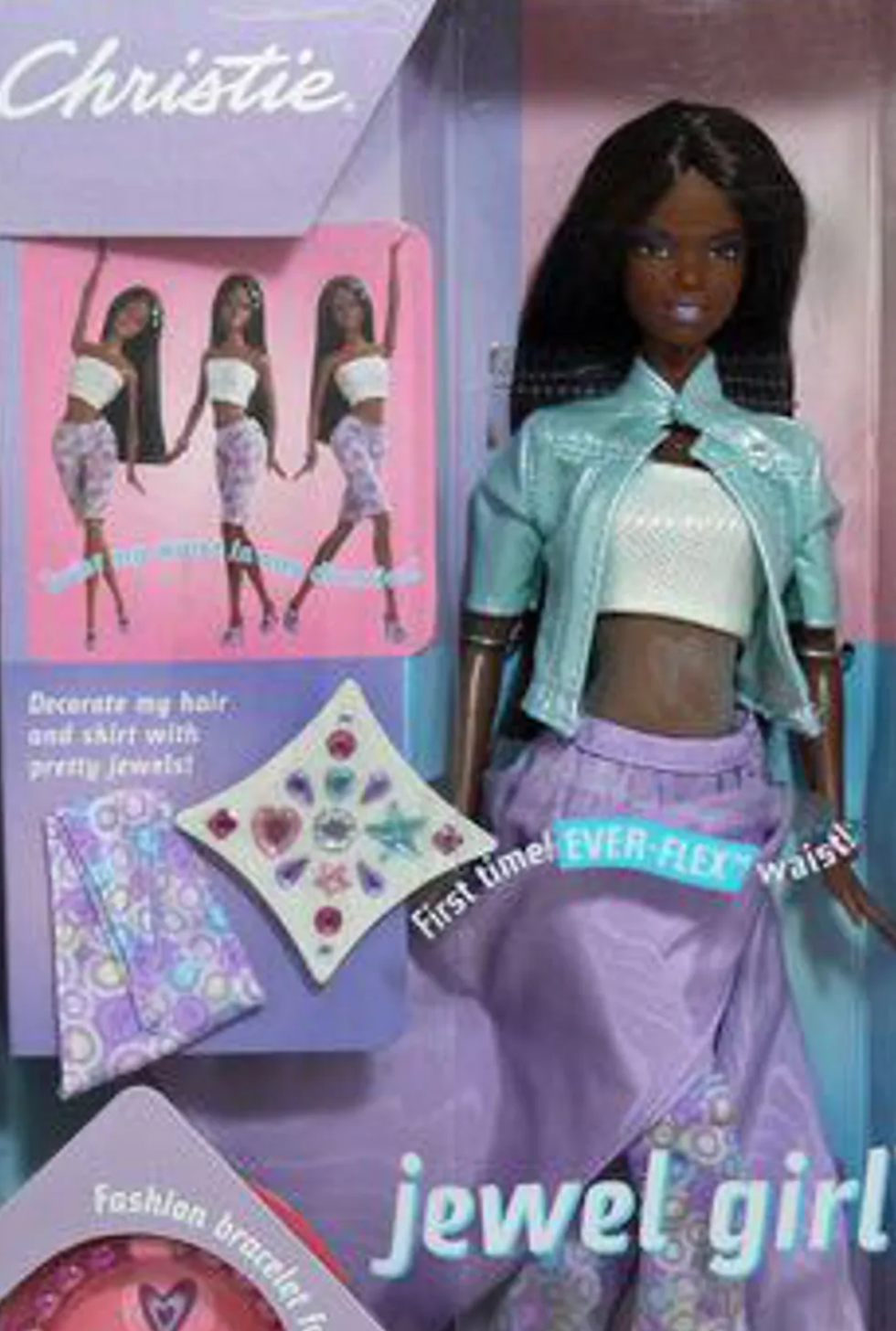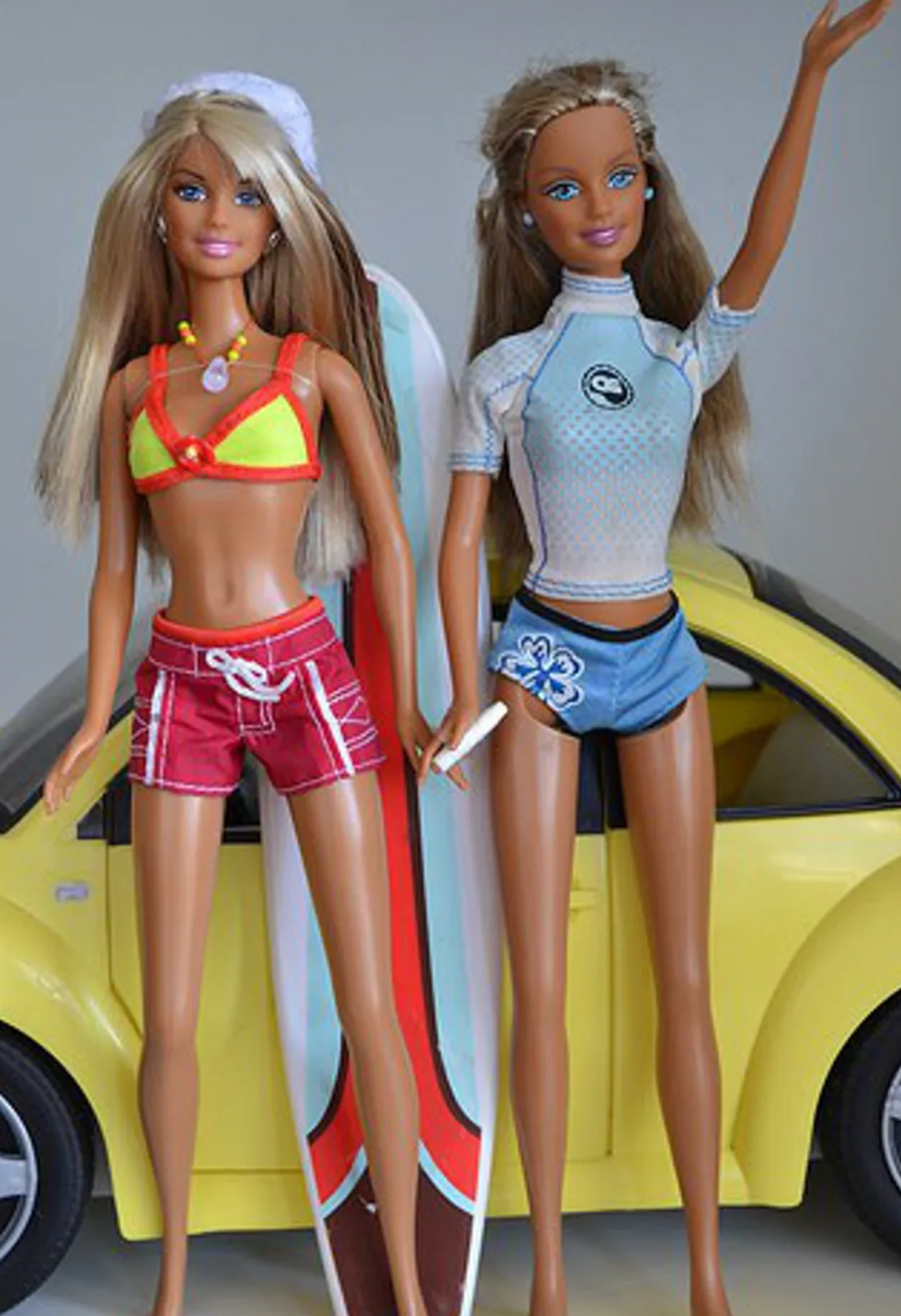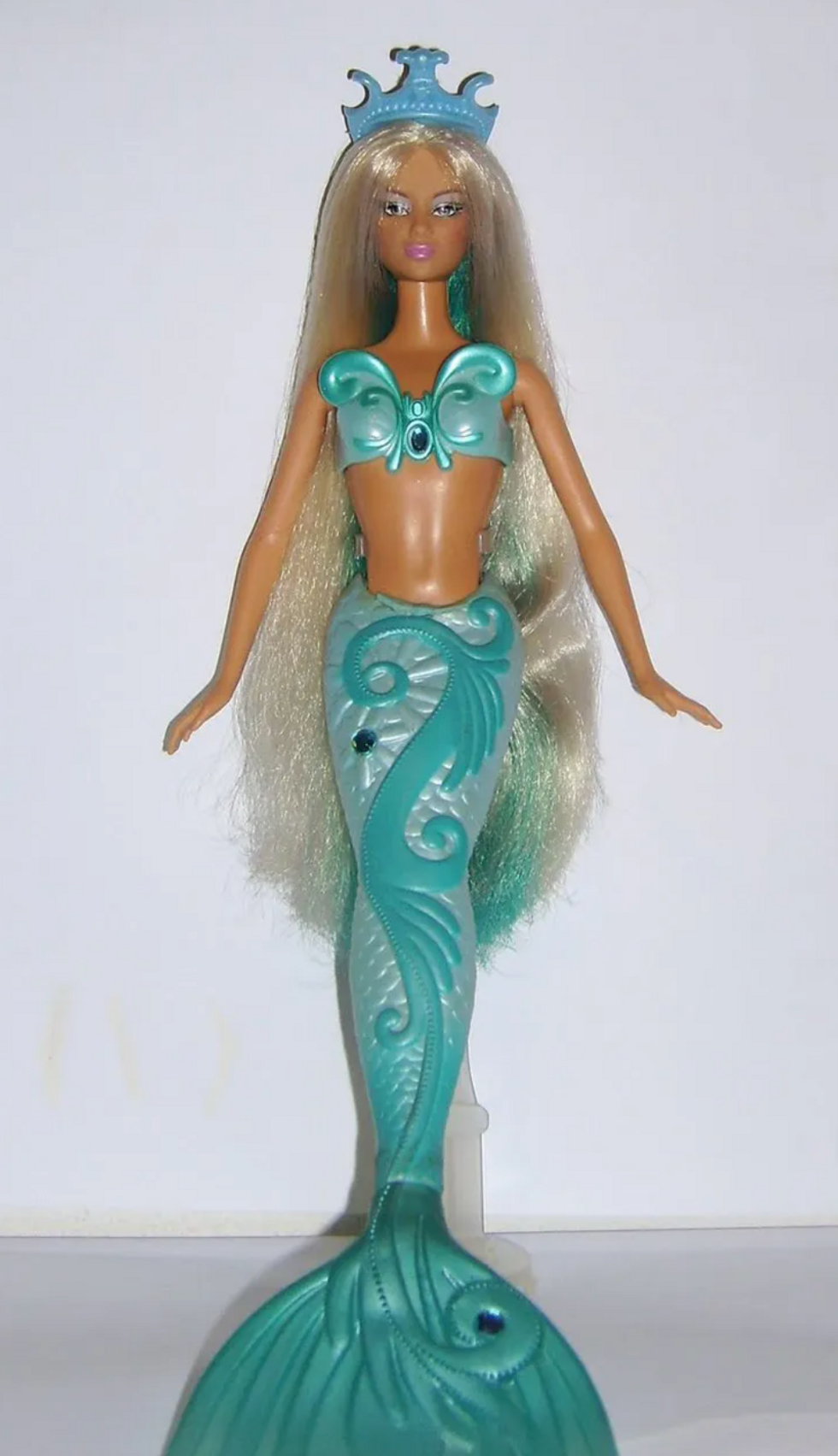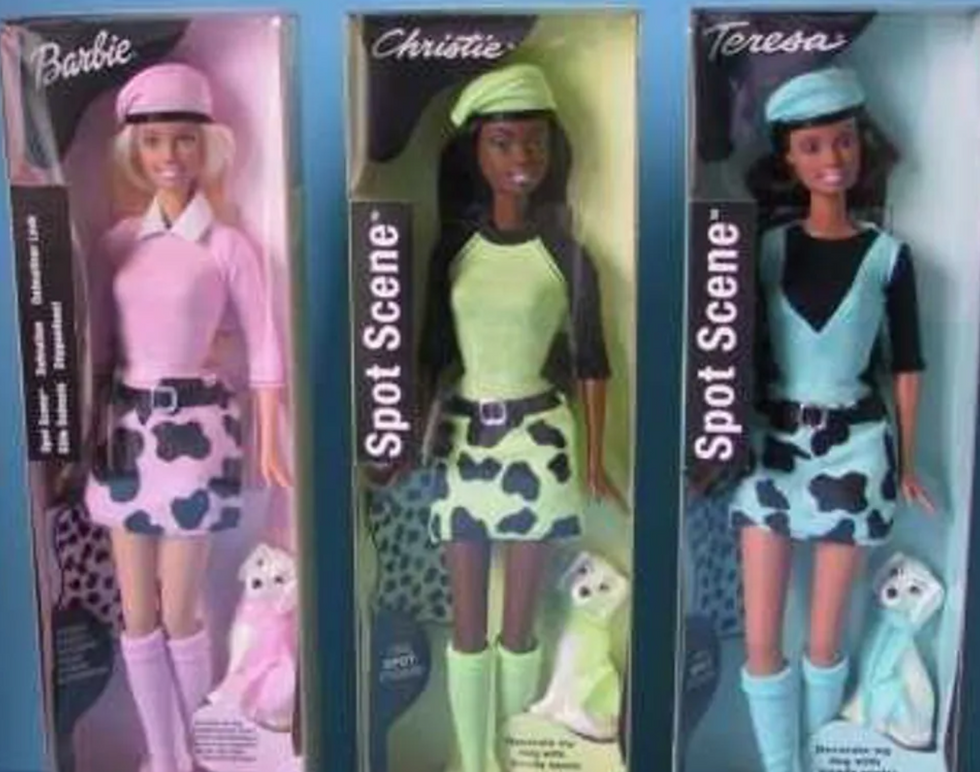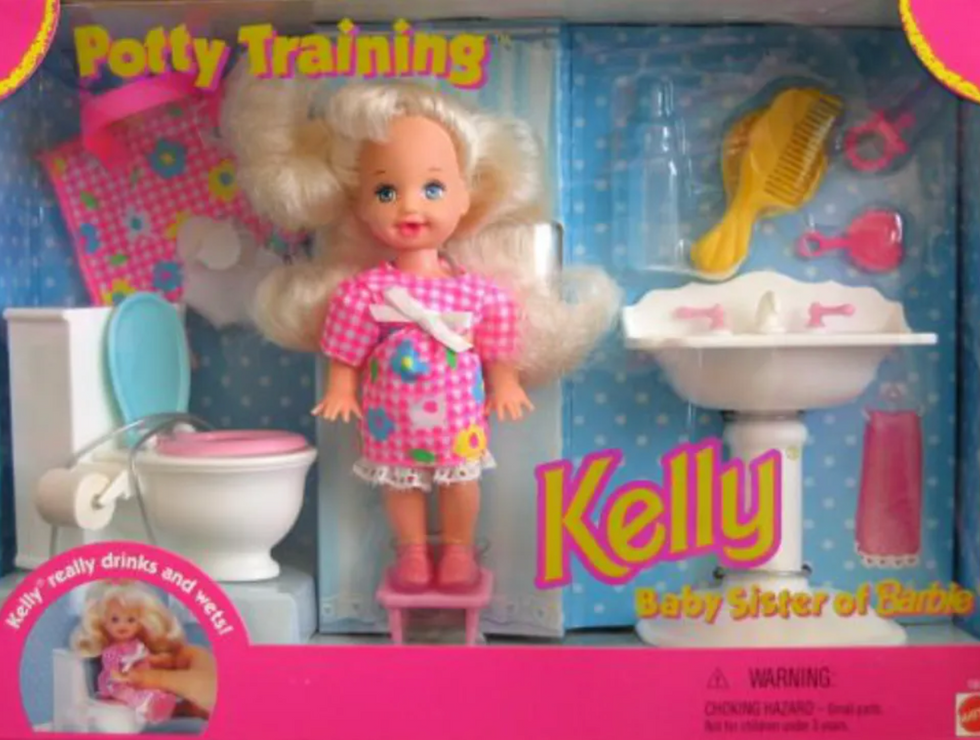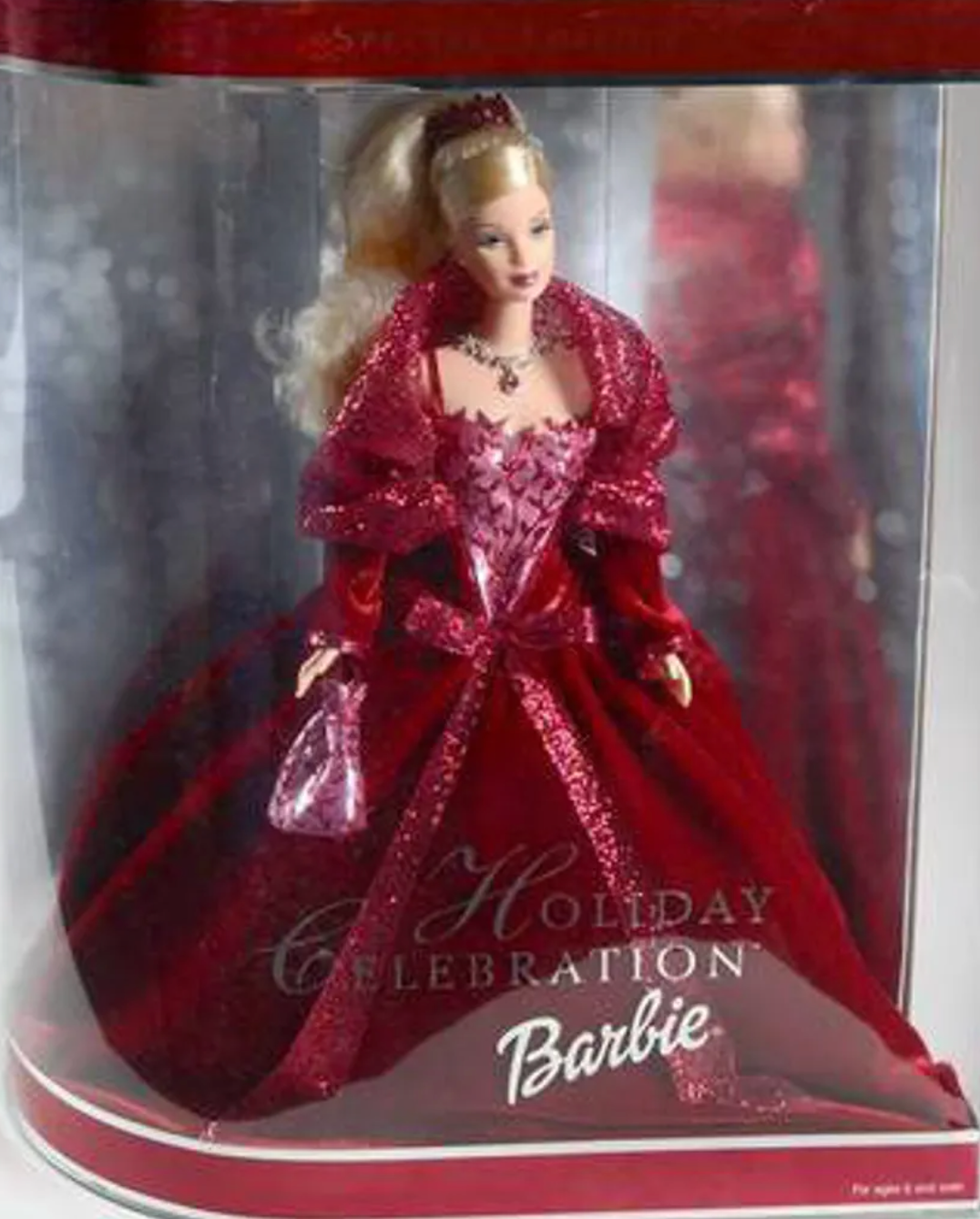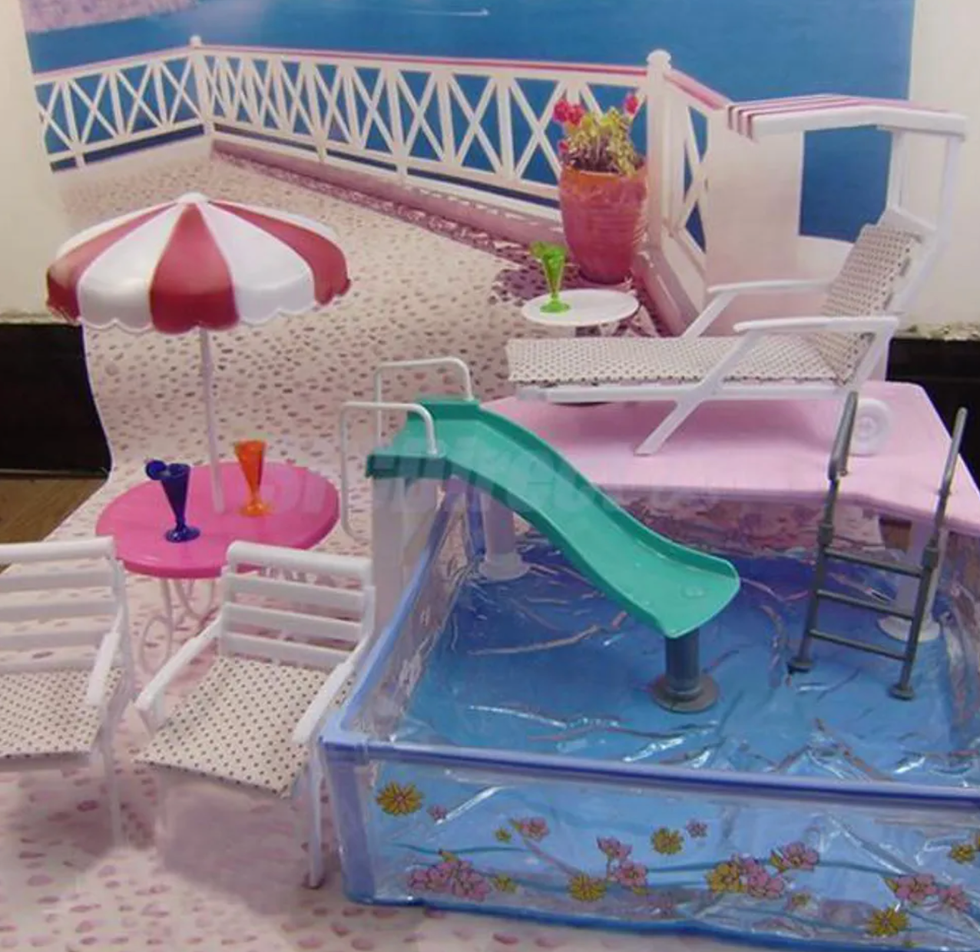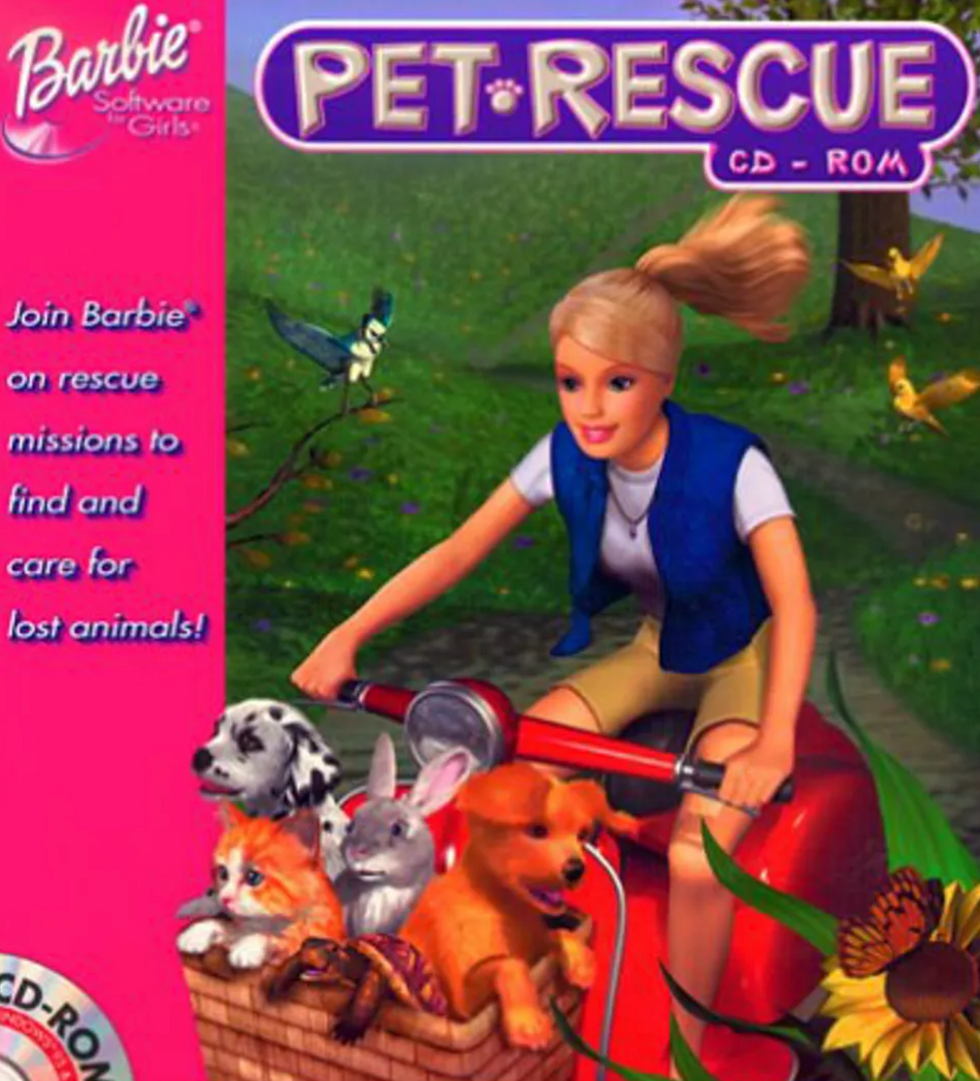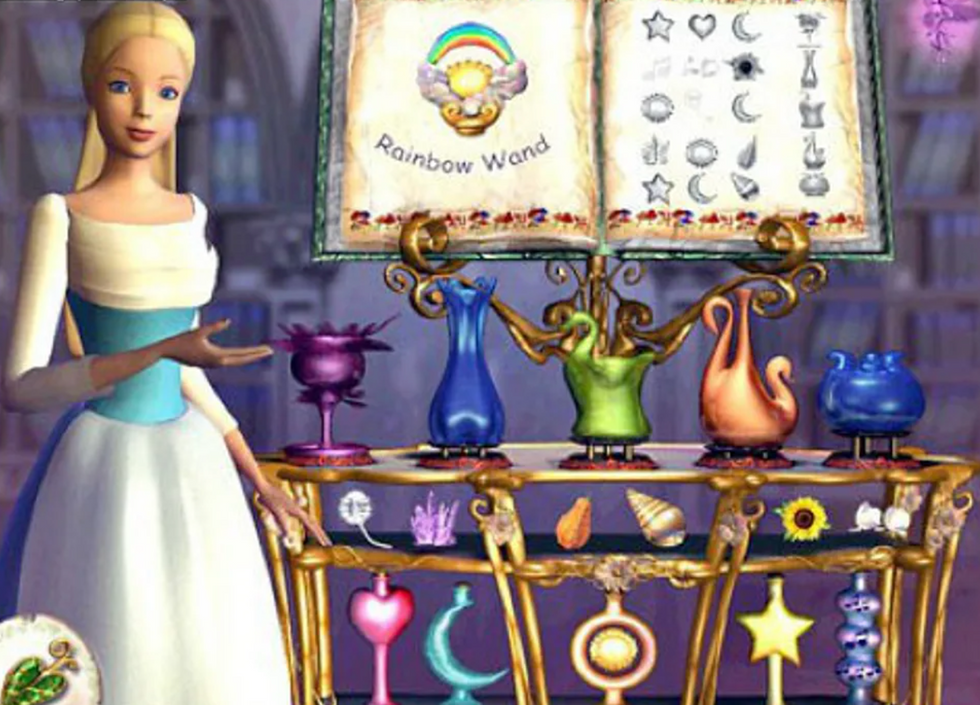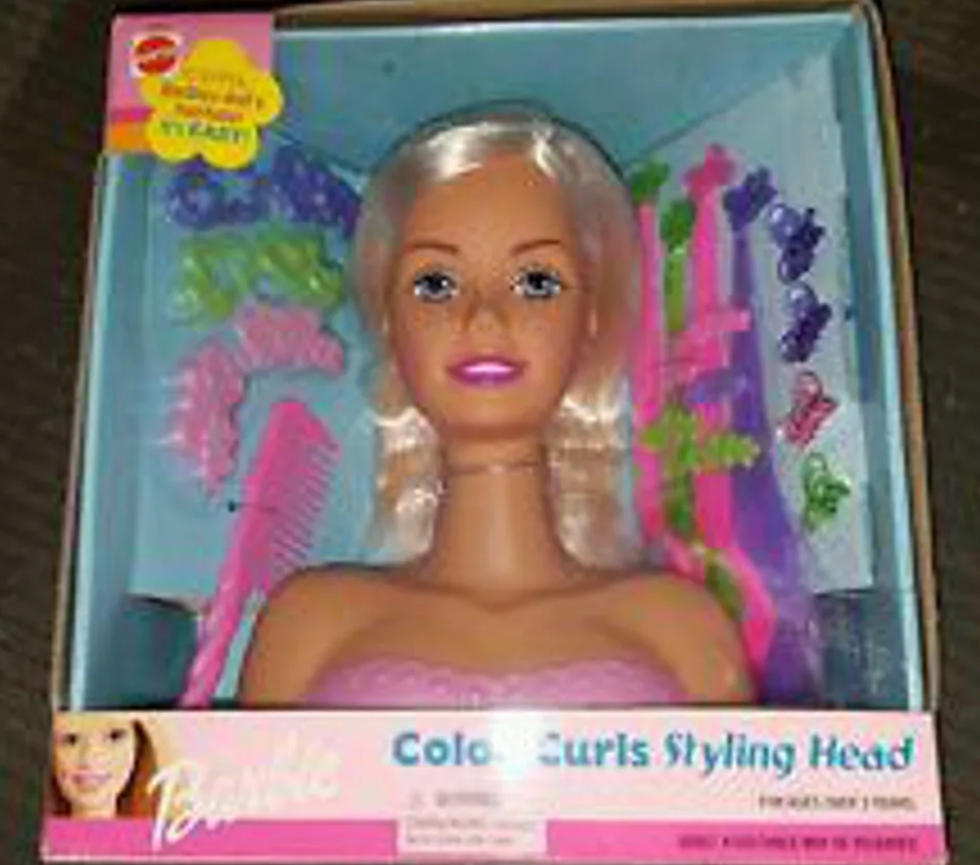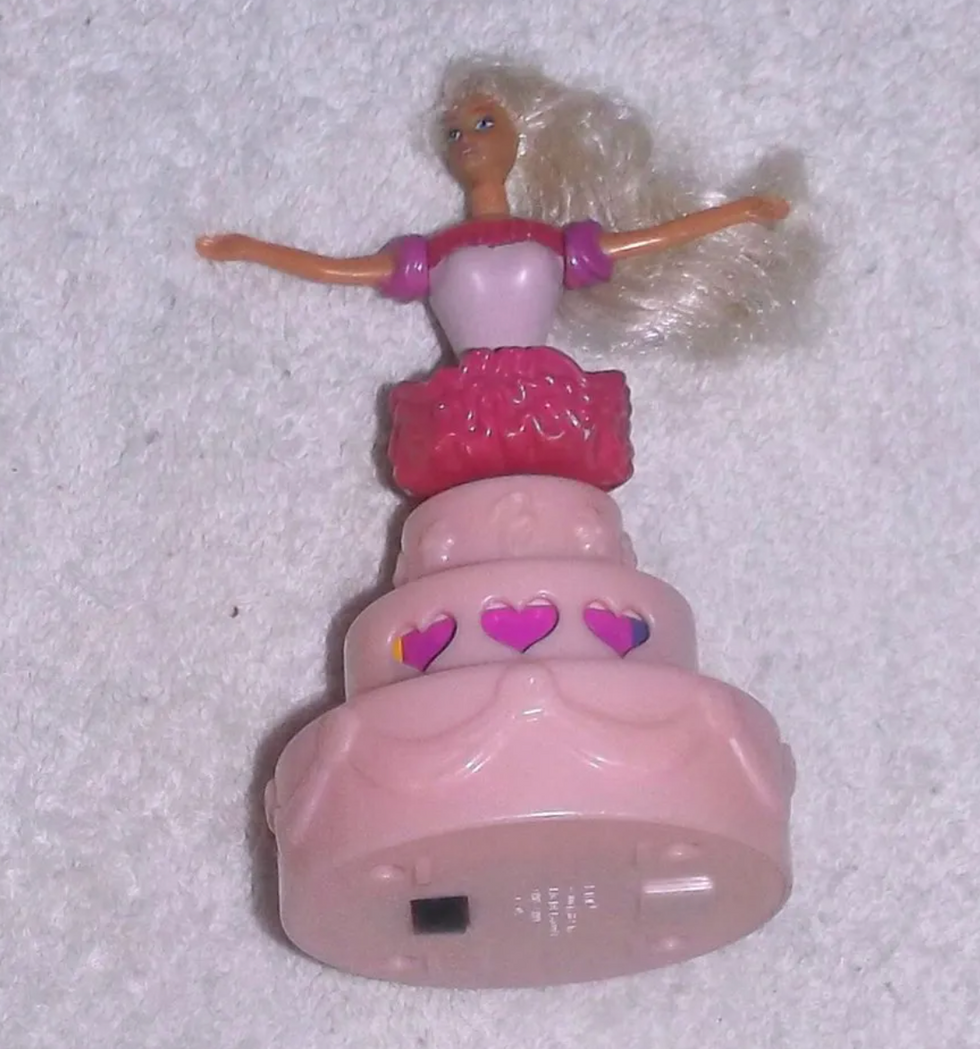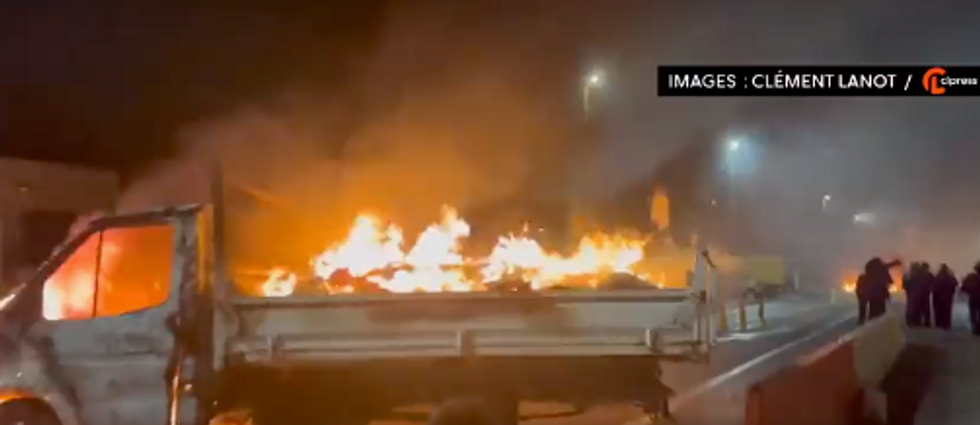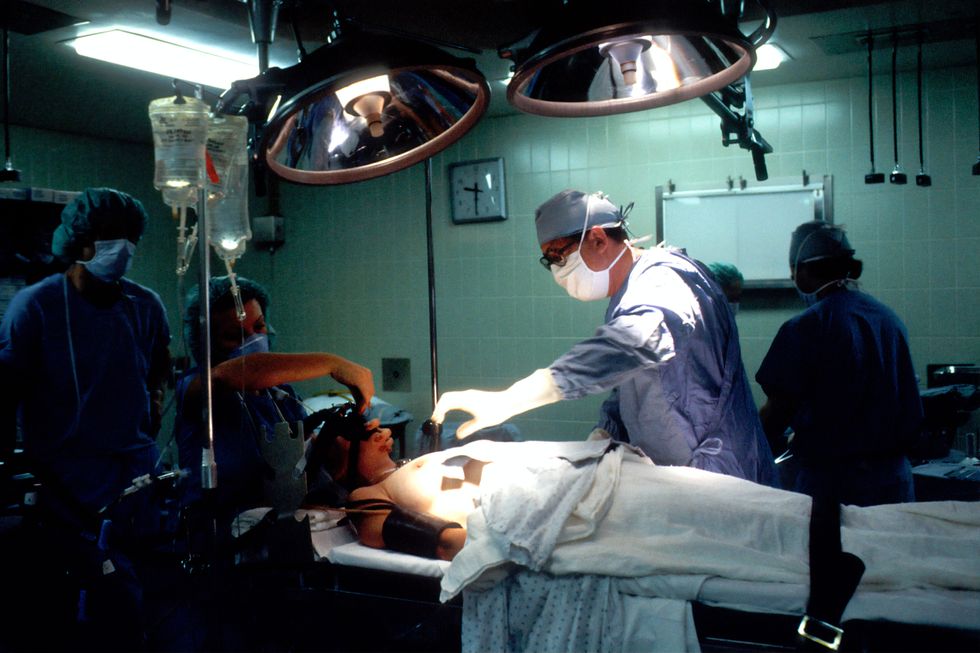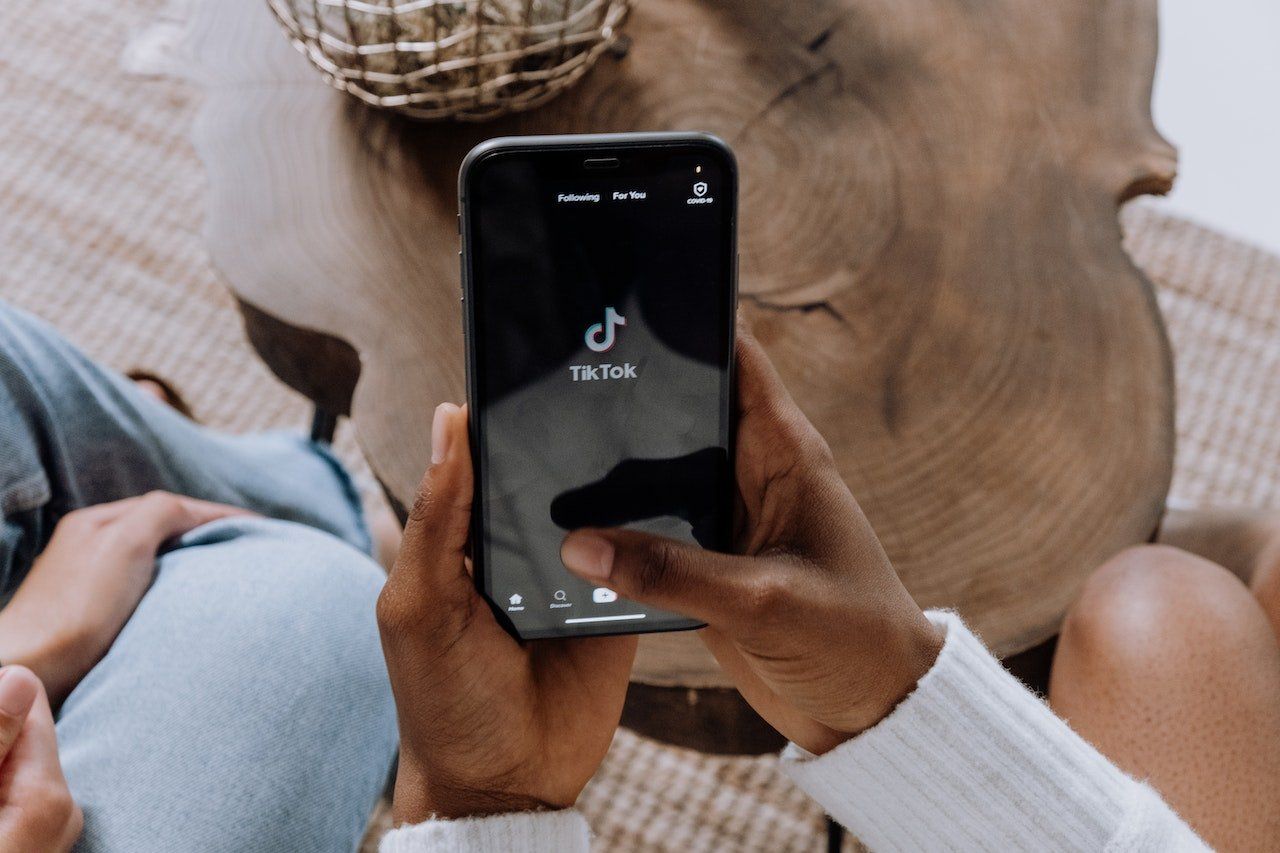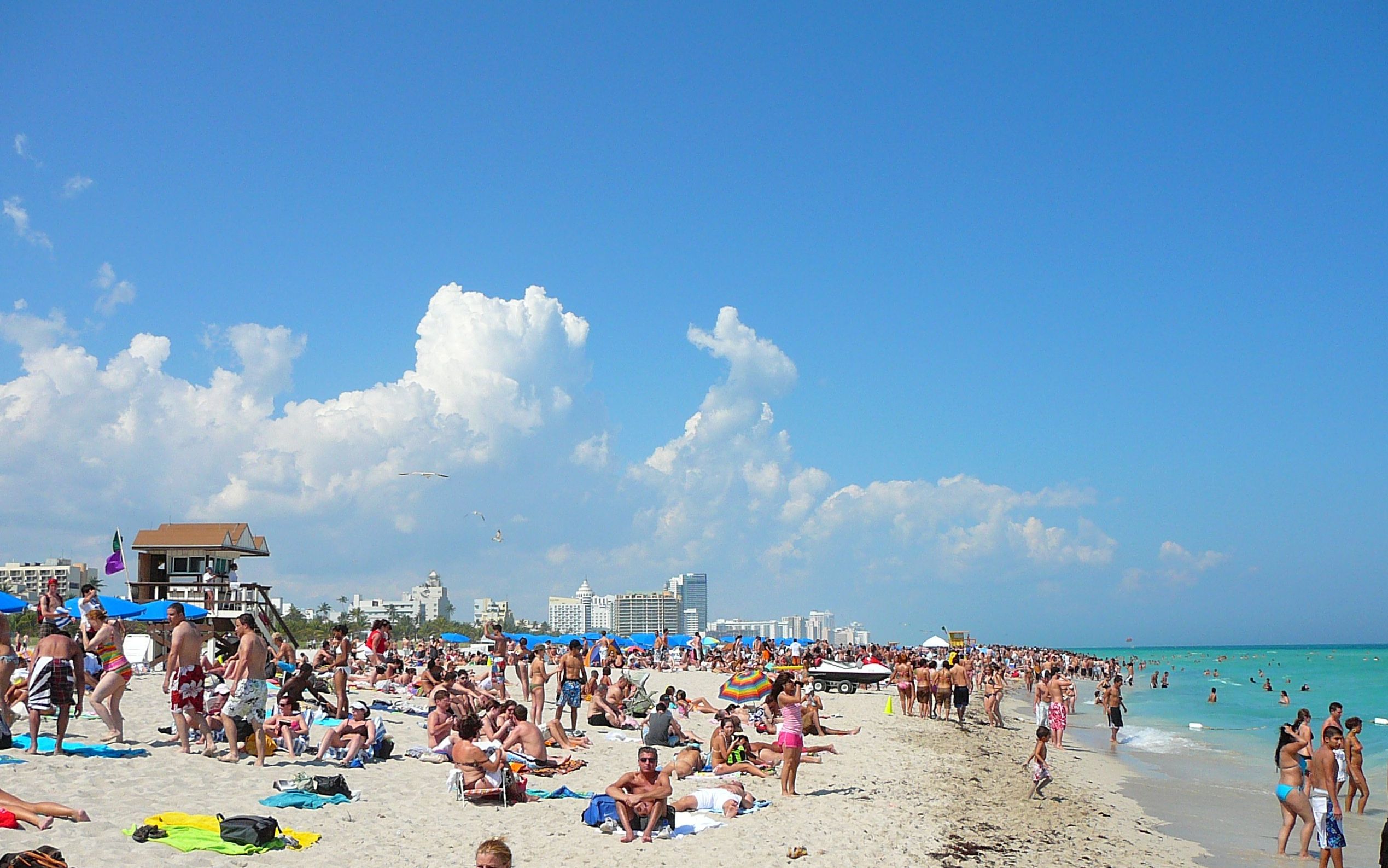I have a blinding headache as I write this and I have a feeling it will last for the whole month of November. It's election season, and that means that everywhere I go I see political signs in yards, along the edges of roads, on billboards. It means that for the next 24 hours, everyone I know will be texting me about the election, and asking for my opinion, as "the political friend" in the group. It means that I personally am counting days until I do not have to hear another campaign slogan for the next two years. Seriously. I feel like the election is everywhere. There are advertisements on TV, local propositions, and I have ever seen anything like this outpour of political passion from my Texan neighbors.
There are years of precedent showing Texas as a red state. The last Democratic president that this state went for was Jimmy Carter in 1976. Because of this, neither party gave us much attention. Nobody seemed to bother campaigning in Texas, and Texans didn't expect to be campaigned to. Our minds were made up. Many of us didn't bother to vote. It never seemed like a pressing issue.
After all, we aren't a swing state, right?
That is until Beto O'Rourke proved that a Democratic senatorial candidate could stand half a chance against (albeit unpopular) Republican Ted Cruz. In my time volunteering with Beto's campaign, I talked to many people who were starting to be uncomfortable with the Republican party. They took issue with the ICE family separations and they hated the hyper-partisanship in government. They wanted to return to a level of normalcy where they could wake up, and not have to worry about what the president was going to do next.
In my Congressional politics class, our professor offered an anecdote about how on average, candidates from the south do better nationwide than candidates from northern cities in a discussion about political likeability. "Nobody really likes those brash loud city people," he said laughing. He was just speculating, of course. He is also the person who warned us not to make predictions about any elections as political scientists. "We will probably be wrong," he cautioned us.
So I am here to not make any predictions, but to point out some interesting evidence that breaks away from Texan patterns in recent history. First, the facts. In 2016, about 59% of people registered to vote in Texas actually voted in total (about 8.9 million votes cast). This year, just through the early voting period which was extended by a week due to the pandemic, 9.7 million people have already cast their ballots with many more preparing to go to the polls tomorrow. There has also been an increase in the number of registered voters in Texas. The total number of people registered to vote in 2016 was 15.1 million. That number in 2020 has been increased to 16.9 million.
Some polls show Biden and Trump within the margin of error of each other, and the GOP control of big and growing metropolitan areas such as Dallas, Fort Worth, San Antonio, Austin, and Houston are starting to trend bluer. Now you might be thinking, yeah, sure, but the cities aren't most of Texas, what about the rest of it? And you're absolutely right. There are 254 counties in Texas, and the biggest cities account for only five of them. However, there simply are not that many people in the rest of the state. Rural populations are declining while urban populations are on the rise. This means that while more rural areas are most likely to still turn as red as ever during election night, the popular vote will mostly rely on the new urban population.
Furthermore, more Texans are enrolling in colleges in recent years. This again is a major demographic for the democratic party. White, college-educated people tend to vote more democratic than their non-college-educated counterparts. On top of that, Texas is now more racially diverse than in years past. This also is a strong indicator of a state collectively going for the democratic candidate. Another indicator for more progressive voting is age, with young people voting more progressive than their parents, and Texas has a relatively young population. The median age in Texas is 34.4, compared with a 37.8 national median.
With all that said, I personally cannot imagine Texas as a liberal stronghold for many more years to come, and I, as a non-Christian woman of color know first hand just how conservative my neighbors are. Every morning, when I go outside, I see Trump-Pence signs on nearly every neighbor's lawn, and I have to swallow the bad feeling that rises up in my throat. It makes me nervous, knowing that everyone who lives near me would really rather not be my neighbor, even if they would deny it with their dying breaths. I try to tell myself that it's fine, and that since I live in an extremely white suburban area, I have a biased sample to be basing my anxieties on, but they still exist, as little doubts in the back of my mind.
After watching the chaos of election night 2016 as a teenager, I know better than to hope for a miracle. After watching people like me have their rights called into question, I am seething with anger, and clinging to any desperate hope that everything will be fine once again. I am rereading old class notes about American elections as if there is a test coming that I have to cram for, and I am looking at stats as if it's college football.
But the one thing I will not let myself do is give up. Either way the election goes, the country has a long journey to healing the divide that has torn us apart as a country. I will not call for a return to normalcy, because in my state normalcy means apathy and ignoring those who are not like us simply because we cannot relate to their struggles. But I will call for hope.
Because the people turning out to vote, mailing in their ballots, volunteering at local polling places, and taking the time to urge people out to vote remind me of one very important fact. We are not done yet and we will not give up until we are.

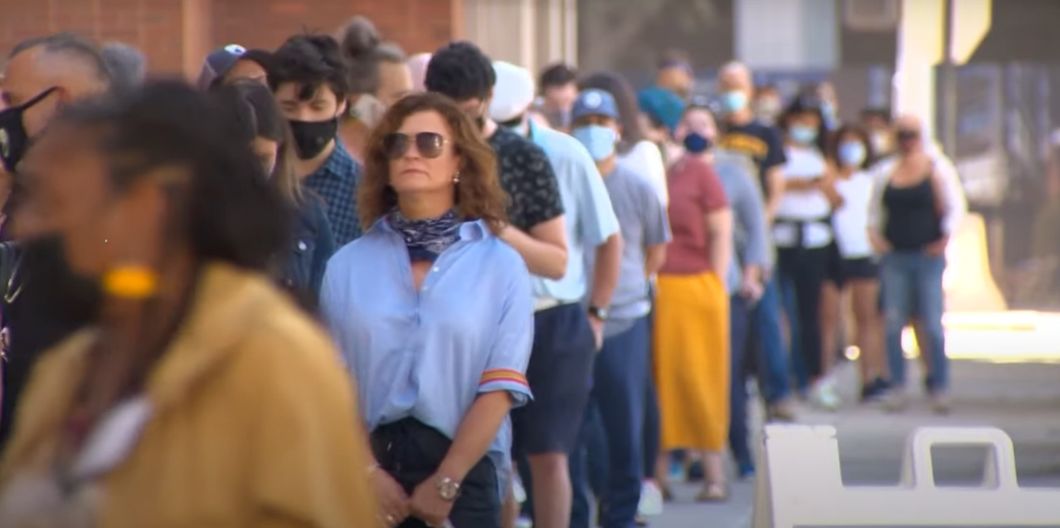

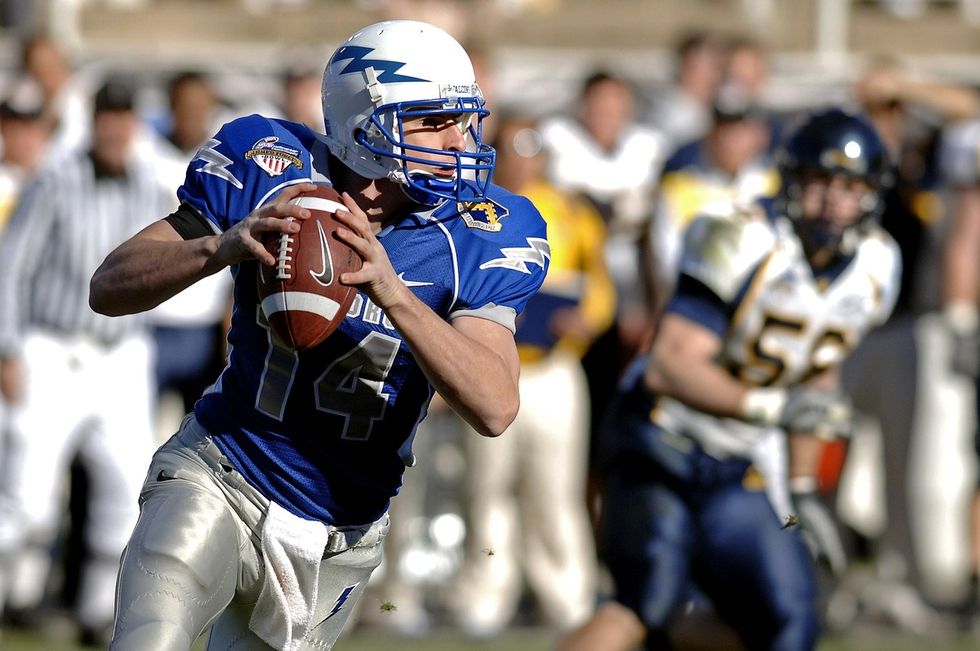
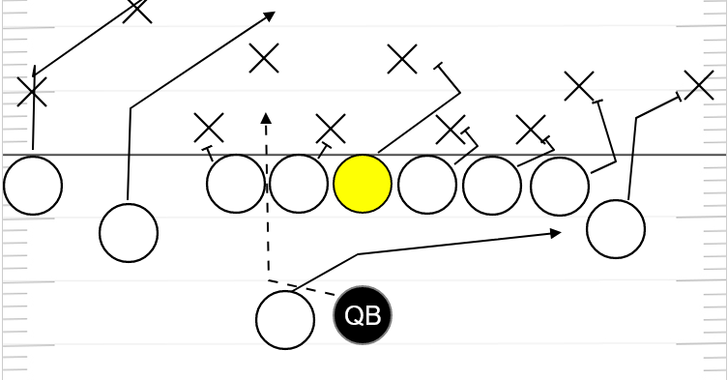
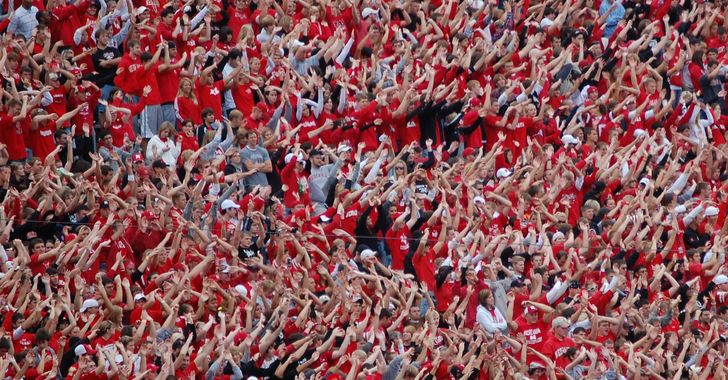
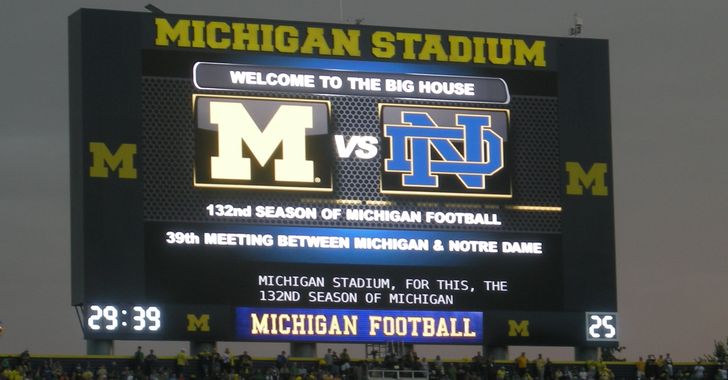
 Photo by
Photo by 